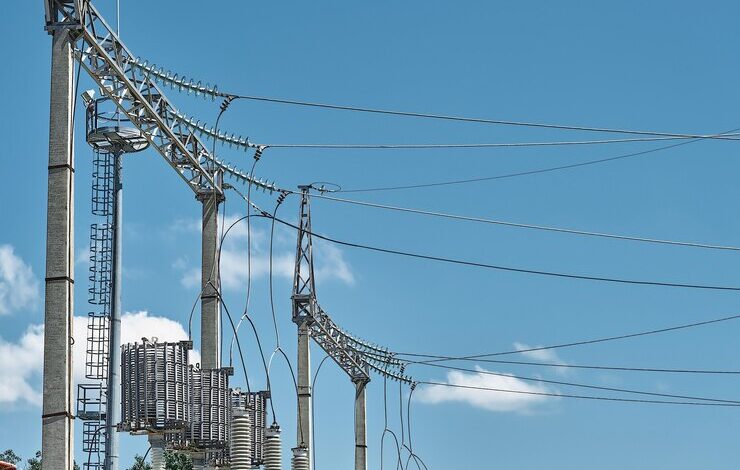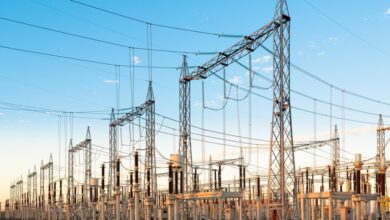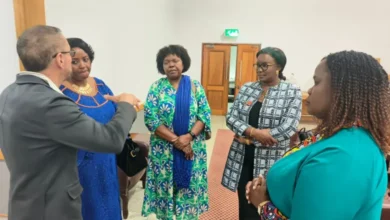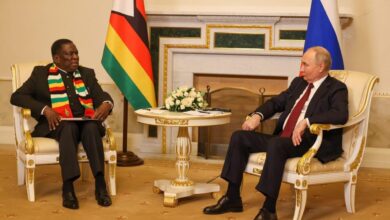Zimbabwe Faces Worsening Power Deficit Amid Growing Debt Burden

Zimbabwe’s power crisis has deepened, with the national electricity deficit now standing at 1 560 megawatts (MW), a parliamentary report has revealed. The findings, presented by Parliament’s Portfolio Committee on Energy and Power Development, highlight the urgent need for strategic intervention to prevent prolonged electricity shortages.
Severe Power Shortages Persist
Despite having an installed generation capacity of 2 570MW, Zimbabwe is currently producing only 1 079MW, far below the national demand, which ranges between 1 500MW and 2 350MW. The major challenge, according to the report, is that none of the country’s power plants are operating at full capacity.
At present, the Kariba South Power Station (KSPS) is producing only 250MW, while Hwange Power Station is generating 750MW. Independent Power Producers (IPPs) are contributing an additional 69MW. The power shortfall has forced the Zimbabwe Power Company (ZPC) to rely on electricity imports from neighboring countries like Namibia to reduce load shedding.
Aging Infrastructure and Financial Constraints
A major factor contributing to the crisis is the outdated infrastructure at both Kariba and Hwange power stations. Some of the equipment dates back three to six decades, making operations inefficient and costly. Additionally, the power utility Zesa Holdings (Zesa) is burdened with a $350 million debt, which has hampered efforts to refurbish critical power units.
The committee noted that Zesa’s financial struggles have been exacerbated by foreign currency obligations, including loan repayments and the purchase of spare parts. To address these challenges, the utility has resorted to exporting power in an attempt to generate much-needed foreign currency.
Over-Reliance on Hydropower and Need for Diversification
Zimbabwe’s current energy strategy has been overly dependent on hydropower from Kariba South, which is vulnerable to water shortages. This has left the country exposed to frequent power outages, as reduced water levels limit electricity generation. The report emphasizes the need for a diversified energy mix, incorporating thermal, nuclear, solar, wind, and geothermal sources to ensure a more stable and sustainable power supply.
Recommendations for Sustainable Energy Solutions
To mitigate the crisis, the committee has recommended that:
- The Ministry of Energy and Power Development diversify the country’s energy mix by December 2026.
- Zimbabwe invests in base load power sources such as thermal and nuclear plants while promoting renewable energy for peak generation.
- Treasury ensures timely disbursement of funds to service loans and improve Zimbabwe’s creditworthiness to attract affordable financing for energy projects.
- Zesa prioritizes attracting significant investments to refurbish existing power plants and construct new ones.
With Zimbabwe’s electricity demand expected to grow, immediate action is required to address the power deficit and ensure a reliable energy supply for households, businesses, and industries. If no urgent measures are taken, the nation could face prolonged energy shortages, further hampering economic development.




